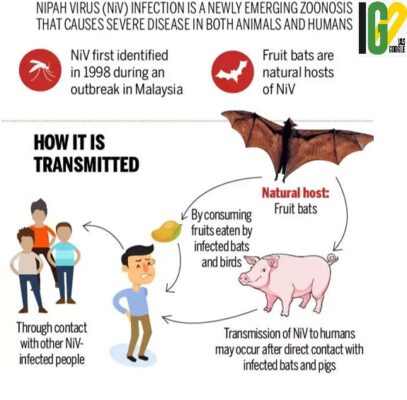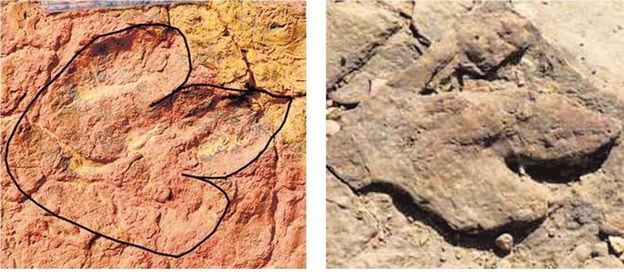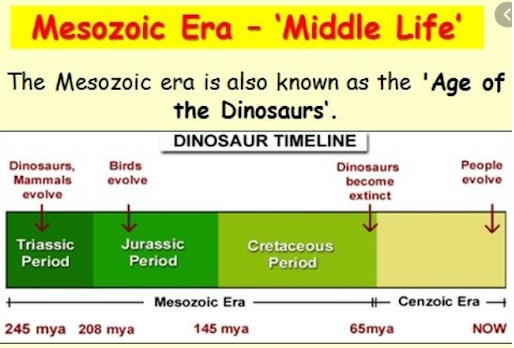- Home
- Prelims
- Mains
- Current Affairs
- Study Materials
- Test Series
08th Sep 2021
INSPIRESat-1 PRIMED FOR LAUNCH, SAYS INDIAN INSTITUTE OF SPACE SCIENCE AND TECHNOLOGY
INSPIRESat-1 is a small satellite set to be launched in ISRO’s upcoming PSLV mission.
Highlights:

 India is set to conclude the bilateral logistics agreement Reciprocal Exchange of Logistics Agreement (RELOS) with Russia, while the agreement with the U.K. is in the final stages of conclusion.
India is set to conclude the bilateral logistics agreement Reciprocal Exchange of Logistics Agreement (RELOS) with Russia, while the agreement with the U.K. is in the final stages of conclusion.







- INSPIRESat-1 CubeSat, is developed under the International Satellite Program in Research and Education (INSPIRE).
- It weighs less than 10 kg and will be launched on upcoming (PSLV) mission of the Indian Space Research Organisation (ISRO).
- It is a collaborative effort by the Laboratory for Atmospheric and Space Physics (LASP) at the University of Colorado Boulder in the U.S.
- The satellite will be placed in a low earth orbit, is equipped with a Compact Ionosphere Probe for studying the earth's ionosphere.
 India is set to conclude the bilateral logistics agreement Reciprocal Exchange of Logistics Agreement (RELOS) with Russia, while the agreement with the U.K. is in the final stages of conclusion.
India is set to conclude the bilateral logistics agreement Reciprocal Exchange of Logistics Agreement (RELOS) with Russia, while the agreement with the U.K. is in the final stages of conclusion.
- The RELOS will give India access to Russian facilities in the Arctic region.
- It will increase global activity as new shipping routes will open and India’s own investments in the Russian Far East.

- Nipah virus is a zoonotic virus or bat-borne virus that causes virus infection in humans and other animals.
- It can also be transmitted through contaminated food or directly between people.
- It causes a range of illnesses from asymptomatic infection to acute respiratory illness and fatal encephalitis in humans.
- The virus can also cause severe disease in animals such as pigs, resulting in significant economic losses for farmers.
- Consumption of fruits contaminated with urine or saliva from infected fruit bats.
- Human-to-human transmission among family and care givers of infected patients.
- Spreads directly from human-to-human through close contact with people's secretions and excretions.
- Human infections range from asymptomatic infection to acute respiratory infection and fatal encephalitis.
- Symptoms include fever, headaches, myalgia (muscle pain), vomiting and sore throat.
- The incubation believed to range from 4 to 14 days.
- The case fatality rate is estimated at 40% to 75%.
- There are currently no drugs or vaccines specific for the infection.
- Intensive supportive care is recommended to treat severe respiratory and neurologic complications.
- Cleaning and disinfection of pig farms with appropriate detergents.
- Reducing the risk of bat-to-human transmission.
- Reducing the risk of human-to-human transmission.
- Health-care workers with confirmed infection, should implement standard infection control precautions.

- The survey was conducted in August 2021 in 15 states and union territories, including Maharashtra, UP, West Bengal and Karnataka.
- It was a joint effort of nearly 100 volunteers across the country.
- The sample was drawn from deprived hamlets and bastis where most children attend government schools.
- The digital divide has hurt the lower income groups and marginalised grievously, especially in rural areas.
- In rural areas, 37% of the sample students were not studying at all—and only 8% were studying online regularly.
- 19% students in urban areas were not studying at all.
- 48% of the rural children surveyed were not able to read more than a few words.
- About 65% of parents in the sample whose children were studying online felt their child’s ability to read and write had declined since the lockdown began.
- Only 4% of rural scheduled caste and tribe children were studying online regularly compared with 15% among other rural children.
- Only 51% of rural households surveyed had a smartphone. Other issues of online access are poor connectivity and lack of money for data.
- As many as 90% of urban parents and 97% of rural parents in the sample wanted schools to reopen.
- UT Lakshadweep administration is prioritizing seaweed farming as a major engine of economic development.

- The UT can produce nearly 30,000 tonnes of dry seaweed per year worth ₹7.5 million by farming only 1% (200 ha) of its 21,290 ha of lagoon area (inhabited islands only).
- The indigenous seaweeds being farmed are- red algae, Gracilaria edulis and Acanthophora spicifera etc.
- These quality seaweeds can be utilised in high-end sectors like pharmaceuticals, food and nutraceuticals.
- Seaweed is a generic term used to describe all marine algae.
- There are over 600 species of seaweed growing in rocky tidepools along the Indian coast.
- Seaweed is one of the lowest carbon foods and require no arable land, irrigation or fertilisers to grow.
- They are also a carbon sink as they pull carbon down to the bottom of the ocean.
- Natural seaweed forests help sustain marine life, are a home for fish and turtles while producing low-carbon, highly nutritious food.
- Due to its ability to absorb nutrients from seawater, seaweed is among the most nutritional foods on Earth.
- Seaweed contains some of the greatest concentrations of iodine found in nature.
- In India, seaweed is used mainly as a gelling agent.
- The extracted gels, such as agar-agar and alginates, are commonly used in food and pharmaceutical industries.
- Carrageenan, used in toothpastes is a gel extracted from red seaweed.
- Many seaweeds contain anti-inflammatory, anti-microbial agents and some possess powerful cancer-fighting agents.
- Seaweed is also used in food additives, medicine, fertiliser and cosmetic goods and to combat beach erosion.

- Seaweed farming or kelp farming is the practice of cultivating and harvesting seaweed.
- Gujarat and Tamil Nadu are the primary suppliers of seaweed.
- Benefits:
- Occupation for coastal people.
- Raw material for seaweed-based industry
- Major tool to treat coastal pollution & reduce CO2.
- India currently has no seaweed policy and practices for farming and harvesting seaweed vary regionally.
- Seaweed farming requires high-temperature-tolerant and fouling- and disease-resistant strains.
- Most Indian seaweed cultivation is located in near-shore waters.
- Alternative farming strategy including expanding to offshore culture systems is required to overcome inshore challenges.
- Over-reliance of industry on genetically uniform genotypes of seaweed increases vulnerability of cultivated species to abiotic stressors, pests and pathogens.

- The findings in western Rajasthan are estimated to be 200 million years old.
- It provides the presence of dinosaurs in western part of the State, formed at the seashore to the Tethys Ocean during the Mesozoic era.
- The footprints belong to three species of dinosaurs — Eubrontes giganteus, Eubrontes glenrosensis and Grallator tenuis.
- The dinosaur species have distinguishing features of hollow bones and feet with three digits.
- All the three species belonged to the early Jurassic period, were carnivorous.
- Eubrontes could have been 12 to 15 metres long and weighed between 500 kg and 700 kg.
- Height of the Grallator is estimated to have been two metres, as much as a human.
- Grallator tenuis footprint, had narrow toes, long claws, and strong similarities to the early Jurassic ichnogenus of Stenonyx.
- Thar Desert or Great Indian Desert is located partly in Rajasthan and partly in Punjab and Sindh provinces, Pakistan.
- The north-eastern part of the Thar Desert lies between the Aravalli Hills.
- It stretches to Punjab and Haryana to the north, the Rann of Kutch along the western coast and the alluvial plains of the Indus River in the northwest.
- Desert Natural Park: About 3162 km2 in the area. One of the largest of the Thar Desert ecosystems, includes 44 villages with a wide selection of flora and fauna
- Tal Chhapar Sanctuary: Covering 7 km2, it is in the Churu district. The sanctuary is home to a large population of foxes, blackbuck, partridge etc.
- Sundha Mata Conservation Reserve: The reservation covers 117.49 km2 (45.36 sq mi) and is in the Jalore District.

- Blackbuck, Chinkara, Indian Wild Ass, Caracal, Red Fox, Packcock, Wolf, Sand Grouse, Leopard, Asiatic Wild Cat etc.
- It is the world’s 17th-largest desert, and the world’s 9th-largest hot subtropical desert.
- About 80% of Thar desert is in India and the remaining part is in Pakistan.
- Thar desert hosts around 141 species of migratory and resident birds of the desert.
- 23 species of lizards and 25 species of snakes are endemic to the region.
- 40% of the total population of Rajasthan lives in the Thar Desert. The main occupation of the people is agriculture and animal husbandry.









 Latest News
Latest News
 General Studies
General Studies